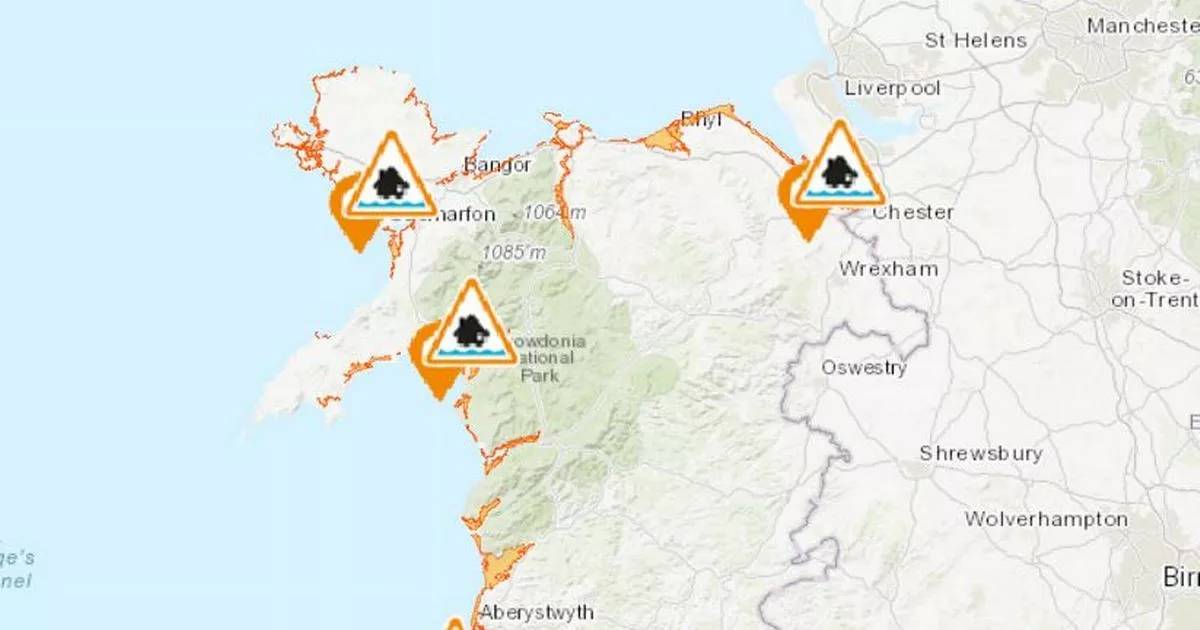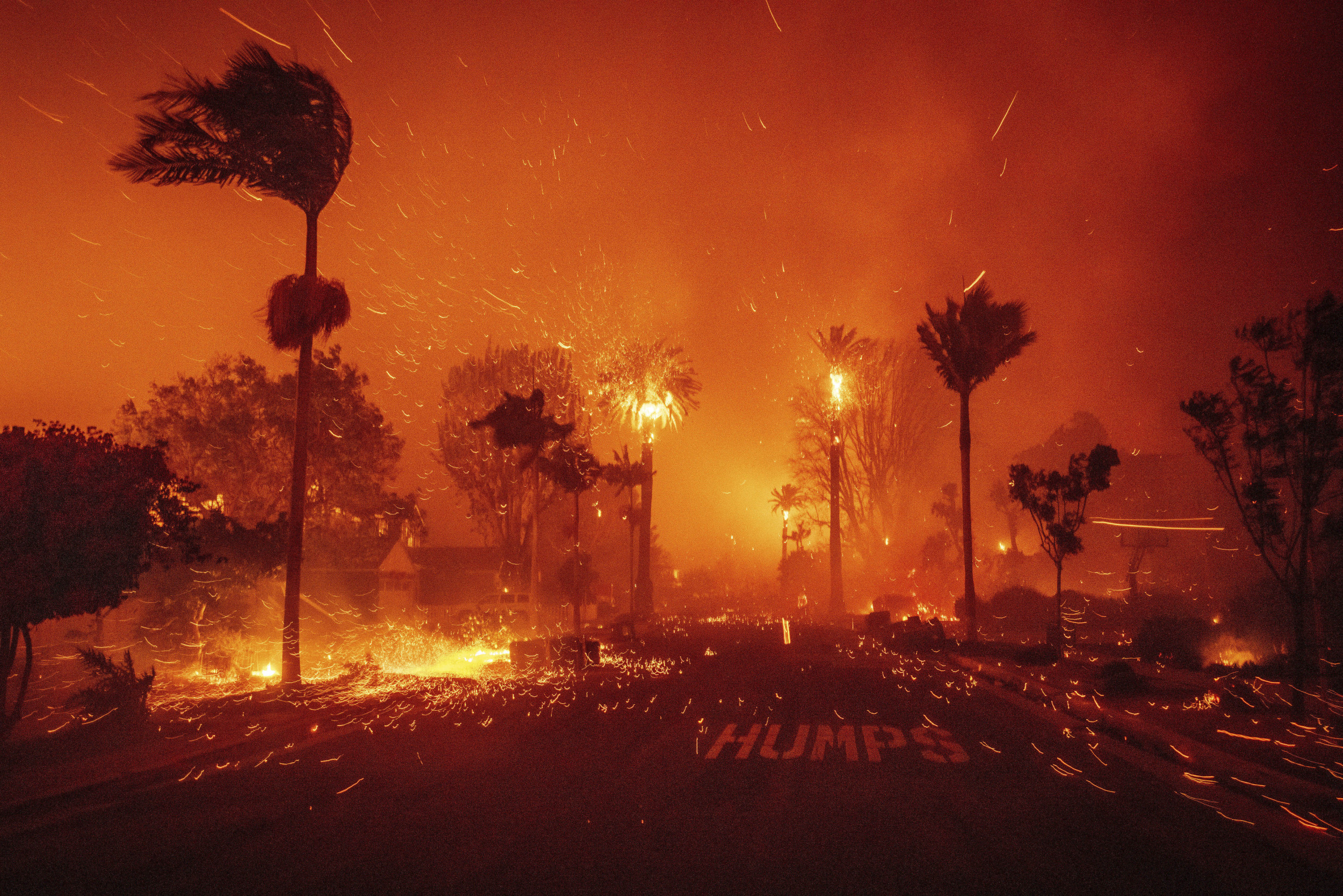Flood Alerts: How They Work And What To Do

Table of Contents
How Flood Alerts Work
Understanding how flood alerts are generated and disseminated is the first step in effective flood preparedness. This involves a complex interplay of technology and communication systems designed to give you vital time to react.
The Technology Behind Flood Alerts
Predicting and issuing flood alerts relies on a sophisticated network of technologies working in concert. This involves constant monitoring and sophisticated data analysis to anticipate and warn of potential flooding.
- Weather Radar: Sophisticated radar systems track precipitation patterns, identifying areas at high risk of experiencing heavy rainfall leading to flash floods or riverine flooding.
- River Gauges: These instruments measure water levels in rivers and streams, providing real-time data on rising water levels and potential overflow.
- Hydrological Modeling: Complex computer models integrate data from weather forecasts, river gauges, and historical flood data to predict the likelihood and extent of flooding.
- Satellite Imagery: Satellite images provide a broad overview of the affected areas, allowing for assessment of flood extent and impact.
- Ground Sensors: Ground-based sensors supplement satellite data by providing precise, localized information on water levels, soil moisture, and other crucial factors.
Different types of flood alerts signal varying levels of risk:
- Flood Watch: Indicates that conditions are favorable for flooding. Be prepared to take action if necessary.
- Flood Warning: Means flooding is occurring or is imminent. Take immediate action to protect yourself and your property.
- Flash Flood Warning: A sudden, dangerous flood is happening now. Immediate action is required.
Real-time data analysis, predictive modeling techniques, and the integration of various data sources are all crucial elements in generating accurate and timely flood alerts.
Dissemination of Flood Alerts
Once a flood alert is generated, its rapid dissemination is critical. Multiple channels ensure a wider reach and higher chances of alert reception.
- Mobile Phone Notifications: Emergency alerts are pushed directly to your phone via Wireless Emergency Alerts (WEA) systems.
- Television and Radio Broadcasts: Traditional media outlets provide crucial updates and instructions.
- Community Sirens: Outdoor warning sirens provide audible alerts in specific areas at high risk.
- Weather Apps: Many weather apps offer real-time alerts, forecasts, and flood information.
- NOAA Weather Radio: A dedicated radio service provides continuous weather information, including flood warnings.
- Social Media Updates: Official agencies and local news often use social media to provide updates and safety information.
Having a reliable communication plan and utilizing multiple sources increases the likelihood of receiving crucial flood alerts in a timely manner.
What to Do When You Receive a Flood Alert
Receiving a flood alert requires immediate and decisive action. Preparedness is key to minimizing risks and protecting yourself and your property.
Immediate Actions
Swift action upon receiving an alert is crucial. Your response will depend on the type of alert and your specific location, but several immediate actions apply across the board:
- Evacuate immediately if ordered: Do not hesitate; evacuation orders are issued to save lives.
- Move valuables to upper floors or safe locations: Protect irreplaceable items from potential water damage.
- Unplug electrical appliances: Prevent electrical hazards from contact with water.
- Move vehicles to higher ground: Protect your vehicles from flood damage.
- Secure your home: Shut off gas and electricity if safe to do so.
Preparing for Potential Flooding
Proactive preparation significantly increases your chances of weathering a flood event successfully. Planning ahead is critical.
- Develop an evacuation plan: Identify potential evacuation routes, safe meeting places for your family, and designated out-of-state contacts.
- Prepare an emergency kit: This should include essentials such as water, non-perishable food, first-aid supplies, medications, flashlights, batteries, and important documents.
- Identify safe locations: Know where you can go for refuge during a flood, such as a higher elevation area or a designated shelter.
- Know your flood risk: Understand your property's susceptibility to flooding.
Post-Flood Actions
Once the floodwaters recede, there are still crucial steps to take.
- Avoid floodwaters – they can be contaminated: Floodwaters often contain dangerous pollutants and debris.
- Inspect your home for structural damage: Assess the extent of damage and report it to your insurance company and local authorities.
- Contact insurance and relevant authorities: File insurance claims and report damage to the appropriate agencies to secure aid and assistance.
- Document damages with photos and videos: This will help with insurance claims and aid assessment.
Conclusion
Understanding how flood alerts work and having a comprehensive preparedness plan are vital for protecting yourself and your loved ones. By staying informed and taking proactive steps, you can significantly reduce your risk during flood events. Remember, timely action is crucial when a flood alert is issued.
Call to Action: Stay informed about flood alerts in your area and develop your own flood preparedness plan today. Don't wait until it's too late – understanding and preparing for potential flooding is the best way to protect yourself and your property. Learn more about effective flood alert systems and preparedness strategies – your safety depends on it!

Featured Posts
-
 Get Ready Horror Movie Sinners Louisiana Hits Theaters
May 26, 2025
Get Ready Horror Movie Sinners Louisiana Hits Theaters
May 26, 2025 -
 Ealas Paris Grand Slam Debut A Nation Watches
May 26, 2025
Ealas Paris Grand Slam Debut A Nation Watches
May 26, 2025 -
 Palisades Fire Impact On Celebrity Homes A Comprehensive Overview
May 26, 2025
Palisades Fire Impact On Celebrity Homes A Comprehensive Overview
May 26, 2025 -
 Nikes Best Running Shoes Of 2025 A Comprehensive Review
May 26, 2025
Nikes Best Running Shoes Of 2025 A Comprehensive Review
May 26, 2025 -
 Tsaed Alahtjajat Fy Tl Abyb Llmtalbt Bitlaq Srah Alasra
May 26, 2025
Tsaed Alahtjajat Fy Tl Abyb Llmtalbt Bitlaq Srah Alasra
May 26, 2025
